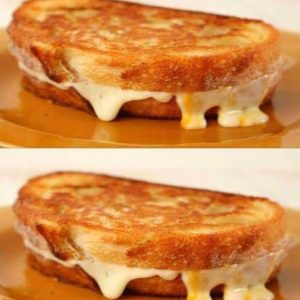In an astonishing continuation of his extreme body modification journey, Brazilian tattoo artist Diabao Praddo — born Michel Praddo — has removed two additional fingers from his left hand. The latest procedure contributes to a claw-like appearance and marks yet another step toward his goal of transforming into a non-human, alien-like figure.
Nicknamed the “Human Satan,” the 50-year-old from Praia Grande has become globally recognized for his intense and controversial transformation. With over 100 procedures already behind him, Praddo’s appearance is radically reshaped. His modifications range from the surgical removal of ears and part of his nose to a split tongue and even the consumption of one of his own nipples. These choices, he says, reflect a deep desire to transcend human identity and become something entirely other.
Praddo’s commitment to his vision is both physical and philosophical. With 85% of his body covered in tattoos, he has altered nearly every part of himself. He currently holds a Guinness World Record for the most subdermal horn implants in a human head — 33 in total. The horns, along with his heavily inked skin and facial implants, create an image that many find unsettling, but which Praddo sees as a living work of art.
Despite amputations on both hands and concerns about losing functionality, Praddo continues to work professionally as a tattoo artist. He admits that adapting to the loss of fingers was challenging, but insists that the human body — and the human will — are both more adaptable than people realize. While he occasionally experiences phantom limb pain, he accepts it as part of the transformation: “It’s a price I’m willing to pay,” he said.
His physical metamorphosis is not done in isolation. Praddo is supported by his wife, Carol Praddo, known in body modification circles as the “Demon Woman.” She has not only stood by him emotionally but has also supervised many of his procedures. The couple shares a deep and unique bond, united by their vision of identity, transformation, and body autonomy.
Together, they aspire for Diabao to be recognized as the most modified person in the world — a goal that’s as symbolic as it is literal. For Praddo, these changes are not about shock value or rebellion. Instead, they’re about self-expression taken to its most radical edge — a commitment to reshaping his body in the image of his imagination, regardless of physical, social, or emotional cost.
While his appearance draws controversy and mixed reactions, Praddo remains unmoved. He views his journey as a form of art, endurance, and philosophical exploration — a lifelong project rooted in identity, transformation, and control over his own flesh.
In his own words, Diabao explains, “It’s not about being more — it’s about being less human. That’s my truth.”
As the world watches with curiosity, awe, and sometimes disbelief, Diabao Praddo continues to challenge the boundaries of body modification — and of what it means to be human.





